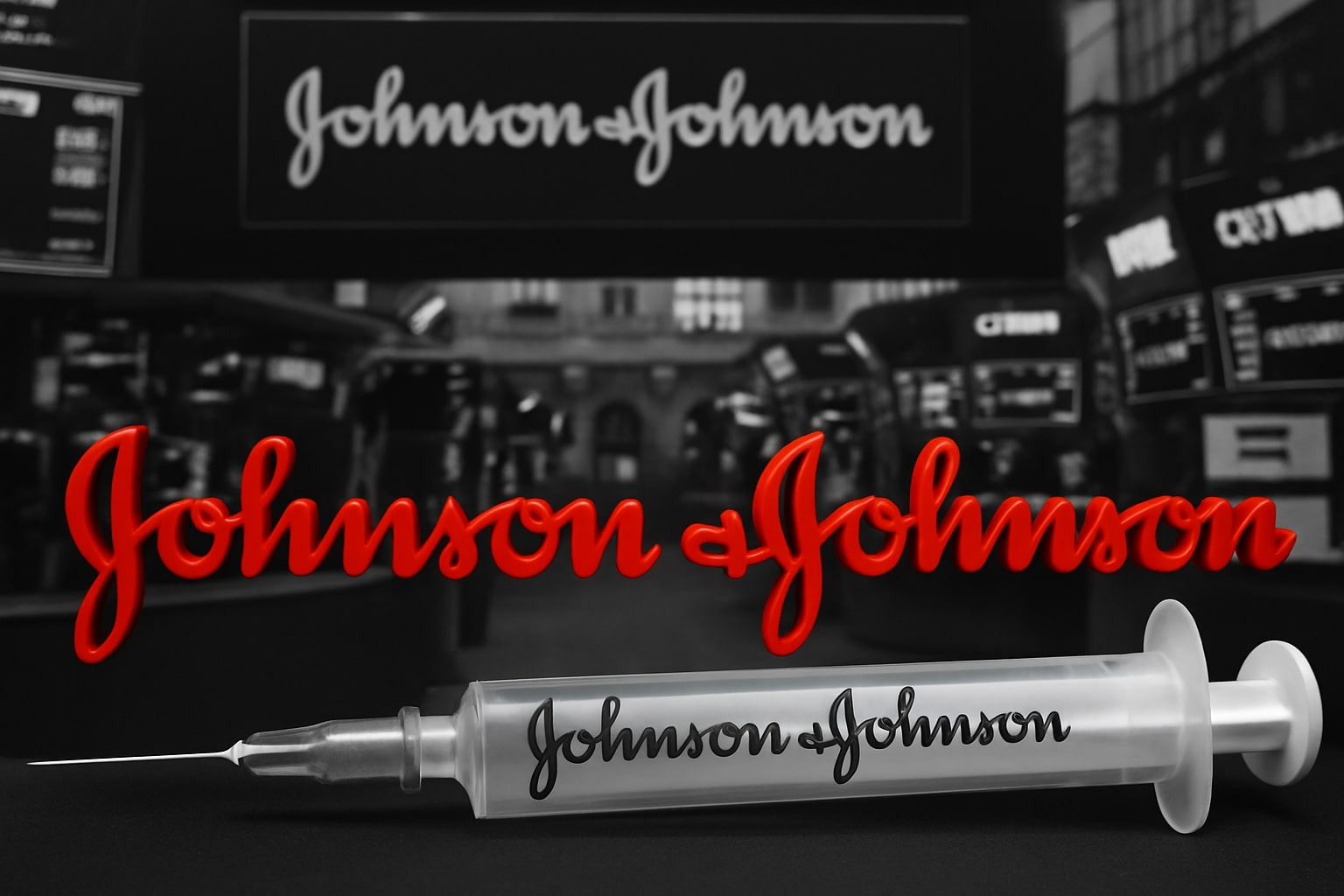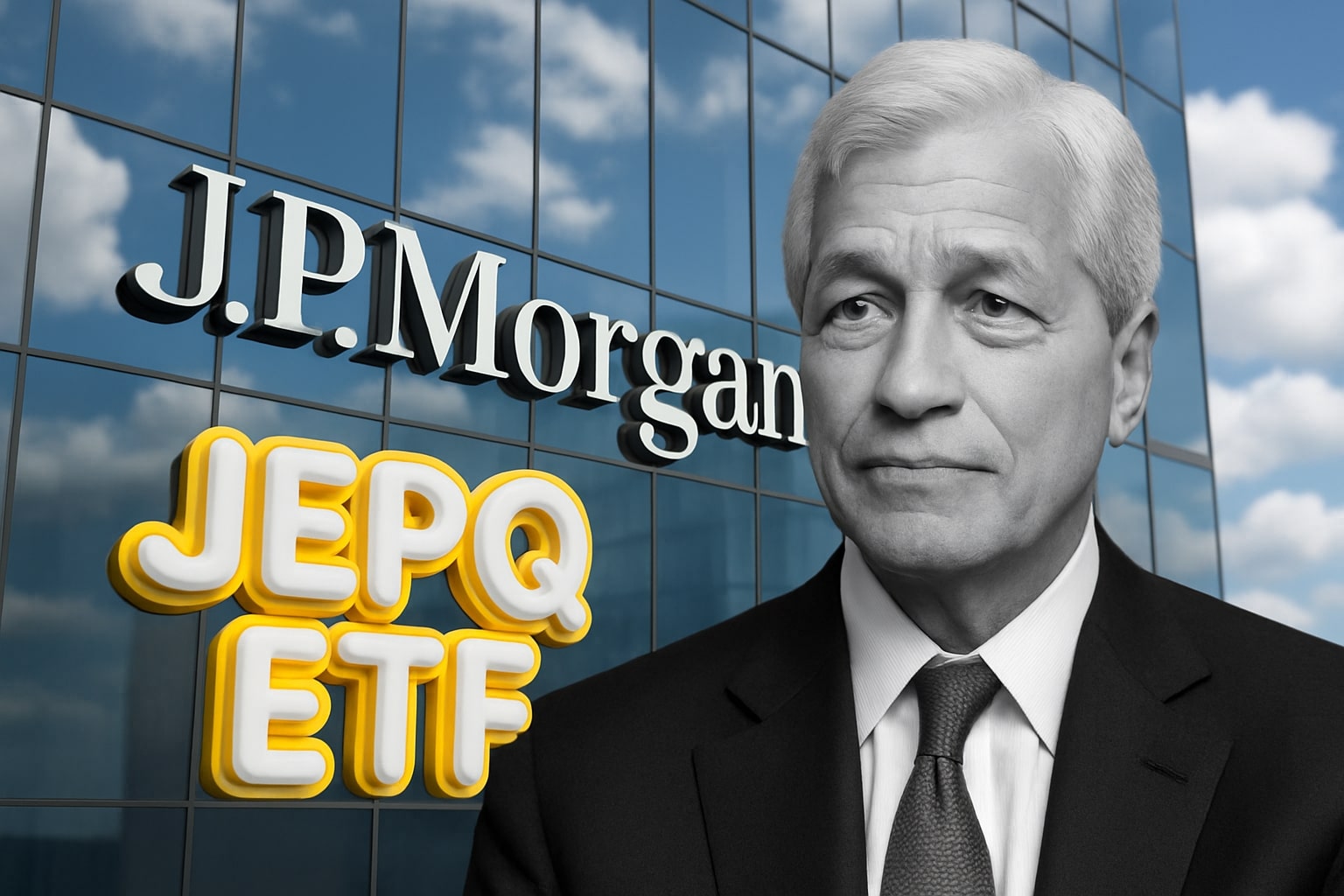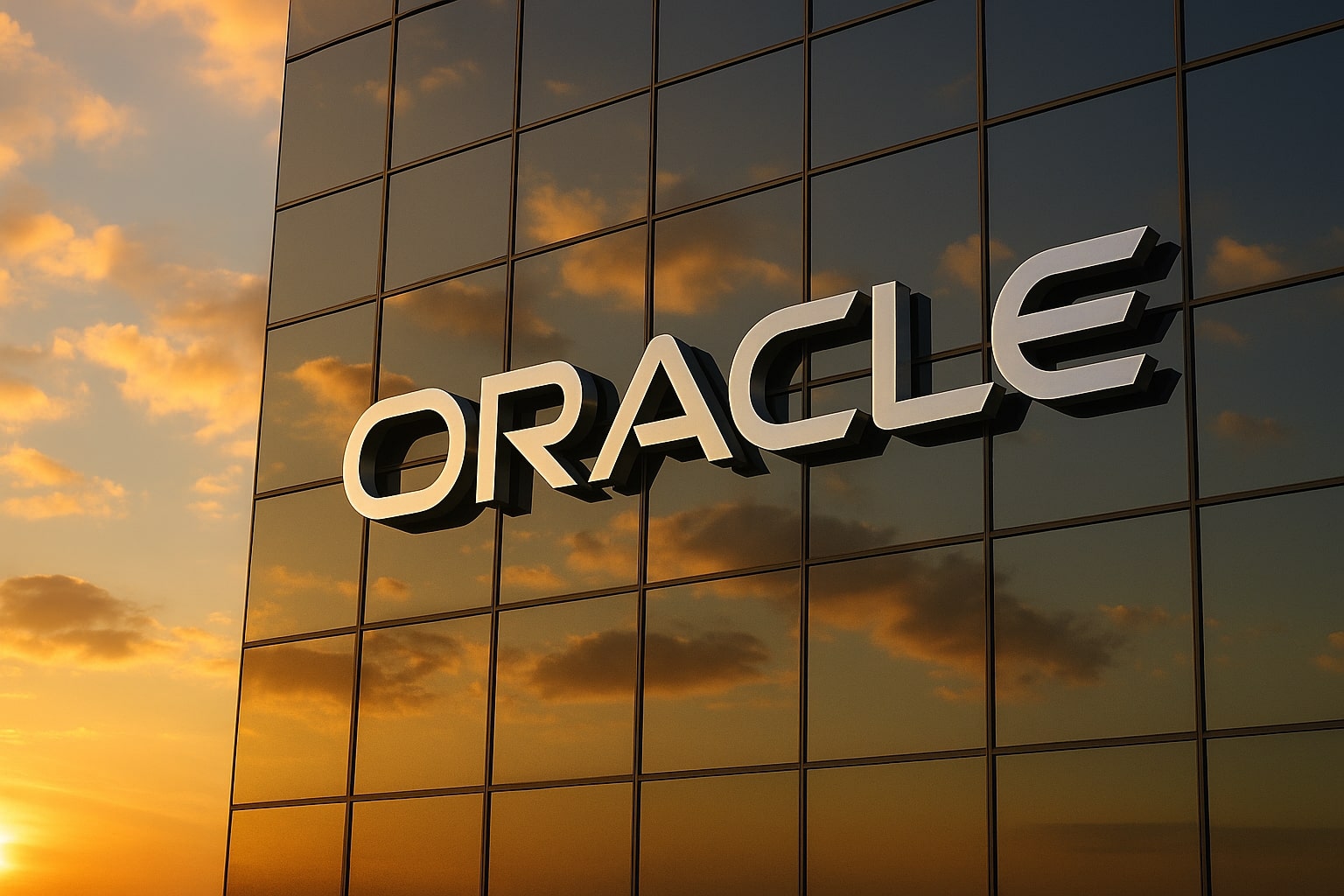Johnson & Johnson (NYSE:JNJ) Holds at $190.72 as Investors Weigh Protagonist Deal, Talc Risks, and Earnings Momentum
Johnson & Johnson (NYSE:JNJ) is again in the spotlight ahead of its Q3 2025 earnings call on October 14, with shares closing at $190.72, near the top of their 52-week range of $140.68 to $192.10. The stock has climbed 35% year to date, outperforming both the S&P 500 (+11.4%) and the broader healthcare sector, yet it faces mixed sentiment as investors balance strong operational execution against ongoing litigation risk and looming biosimilar threats.
The company now carries a market capitalization of $459 billion and a trailing P/E of 19.9—a valuation supported by consistent revenue growth but clouded by uncertainty surrounding its Protagonist Therapeutics acquisition talks and persistent talc liabilities.
Earnings Strength Defines 2025 Performance
For the second quarter of 2025, JNJ reported revenue of $23.74 billion, up 5.8% year over year, and adjusted EPS of $2.77, beating consensus estimates by 3%. GAAP earnings reached $5.54 billion, translating to a net margin of 25% and an operating margin near 29%. The firm projects full-year 2025 sales of $93 billion and EPS between $10.63 and $10.73, implying modest growth of about 8.8% YoY.
The Innovative Medicines division remains the key growth driver, with new therapies offsetting Stelara’s decline. Drugs like Darzalex ($3.67 billion Q2 sales), Tremfya ($1.28 billion), and Erleada ($952 million) have continued to expand market share, while novel launches such as Carvykti, Tecvayli, and Rybrevant are gaining momentum across oncology and immunology.
Biosimilar Pressure and Patent Losses Begin to Bite
The once-dominant Stelara, JNJ’s $10 billion-plus blockbuster IL-12/23 inhibitor, has entered the steep part of its patent-expiry curve. With multiple biosimilars from Amgen, Teva, Samsung Bioepis, and Sandoz already on the U.S. market, Stelara revenue dropped to $1.54 billion in Q2, reflecting an estimated 11.7-percentage-point hit to the Innovative Medicines segment. Management expects an even steeper fall in Q3 as competitive launches expand.
Meanwhile, Imbruvica sales declined to $674 million, pressured by oral competitors and changes in Medicare Part D coverage, which have trimmed margins across the entire immunology portfolio.
MedTech Segment Recovery Led by Cardiovascular and Vision Units
The MedTech division, which contributes roughly 36% of group revenue, continues to rebound after a sluggish 2024. Quarterly revenue rose to $8.4 billion, driven by Abiomed and Shockwave Medical acquisitions and strong demand in surgical vision and wound closure. The cardiovascular device segment grew more than 12% YoY, while Surgery and Vision reported high-single-digit gains.
Headwinds persist in Asia—particularly in China—where the government’s volume-based procurement (VBP) program has forced double-digit price cuts in some device categories. Despite that, JNJ’s MedTech backlog and product pipeline suggest sequential strength into Q4 2025.
Protagonist Therapeutics (PTGX) Deal Rumor Adds Strategic Depth
Market chatter about JNJ acquiring Protagonist Therapeutics (NASDAQ:PTGX) for an estimated $7 billion has attracted intense investor focus. The biotech’s shares spiked 30% to $87, while JNJ’s stock remained flat. The rationale is clear: securing full ownership of icotrokinra, an oral IL-23 receptor antagonist co-developed with Protagonist, would eliminate $630 million in milestone payments and capture future royalties tied to its psoriasis franchise.
The oral biologic could become the first-line systemic treatment for moderate-to-severe plaque psoriasis, addressing a potential 5-million-patient market unwilling to use injectables. The deal would also bring rusfertide, a late-stage therapy for polycythemia vera, with Phase 3 data showing a 77% response rate versus 33% for placebo (p < 0.0001). Analysts see rusfertide reaching $1–2 billion in annual sales if approved.
Given JNJ’s $18.9 billion cash position and low leverage (debt/equity 64.7%), the acquisition would be easily financed without altering its AA credit rating or dividend policy.
Valuation Metrics Reflect Strength but Limited Upside
At $190.72 per share, JNJ trades at a forward P/E of 16.4 and a price-to-sales ratio near 5 times, modestly above its five-year averages. Its 2.73% dividend yield offers stability but sits below peers like AbbVie (4.2%) and the 10-year Treasury (4.1%), suggesting limited yield appeal.
However, free cash flow of $11.1 billion (TTM) and a payout ratio of 53.8% make the dividend secure. Return on equity remains a robust 30.2%, reflecting disciplined capital allocation.
Litigation Overhang: Talc and Legal Reserves Cloud Sentiment
Despite financial strength, JNJ’s reputation continues to be weighed down by its talc-related litigation, which analysts estimate could cost $10–15 billion through 2030. Earlier this year, courts rejected its “Texas two-step” bankruptcy strategy, forcing the company to reinstate $7 billion in legal reserves.
This uncertainty has prompted some investors to demand a wider risk premium. At current valuations, JNJ effectively prices in a $10 billion settlement—any escalation beyond that could drag the stock back toward $165–175.
Dividend Power and Institutional Support Remain Intact
Even amid legal turbulence, JNJ continues its 62-year streak of dividend increases. The quarterly payout of $1.30 per share translates to $5.20 annually, supported by 23 billion USD in annual operating cash flow. Institutional investors remain steadfast, owning 74.4% of outstanding shares, while insider ownership sits at a negligible 0.06%, reflecting a broad, stable shareholder base.
The company’s beta of 0.39 underscores its defensive nature—a key reason why asset managers often overweight JNJ during macroeconomic volatility or tariff-driven market drawdowns.
Macro Setting: Healthcare in the Crosshairs Amid Shutdown and Tariff Shocks
The broader market backdrop has added another layer of complexity. With the U.S. government shutdown delaying official macro data and Trump’s 100% tariff proposal on China rattling equities, investors have rotated into defensive sectors. Healthcare names like JNJ, GILD, and KR have attracted inflows, while cyclicals and financials face drawdowns.
Analysts from Deutsche Bank describe the shutdown’s direct impact as “de minimis,” but healthcare remains politically sensitive as Congress debates over $1 trillion in Affordable Care Act subsidies—a factor that could affect drug pricing negotiations heading into 2026.
AI-Driven Trading Signals Highlight Technical Strength
AI-based trading models from institutional algorithms show strong multi-timeframe sentiment for NYSE:JNJ, with price signals clustered between $182.79 (support) and $197.41 (resistance). The momentum breakout trigger at $190.88 indicates an active buy zone, while long-term models maintain a “strong” signal above $171.34.
The short-term risk-reward ratio (RRR = 3.1) supports a tactical upside trade targeting $197, with downside protection near $182.
Pipeline Expansion and M&A Catalysts Extend Long-Term Growth Horizon
Beyond the rumored Protagonist acquisition, JNJ continues to advance a wide clinical pipeline. The FDA’s approval of Imaavy (nipocalimab) for generalized myasthenia gravis in April 2025 adds a promising autoimmune asset expected to contribute $500 million annually by 2027.
In neuropsychiatry, the Intra-Cellular Therapies purchase strengthens its late-stage CNS portfolio, positioning JNJ to compete with AbbVie and Biogen across depression and schizophrenia therapies. Combined, these expansions could lift Innovative Medicines revenue beyond $50 billion by 2028.
Investor Outlook: Stability at a Premium
Johnson & Johnson (NYSE:JNJ) stands as the archetype of defensive quality—steady earnings, high margins, and low volatility—but at a valuation that leaves little room for error. Its near-record stock price at $190.72, 52-week high of $192.10, and forward EPS trajectory of $10.85–11.41 suggest the market has already priced in a smooth transition through its patent and legal headwinds.
Still, the combination of resilient MedTech growth, new biologic launches, and potential PTGX synergies provides a credible floor around $180. If the company resolves its litigation under $10 billion and successfully commercializes icotrokinra, shares could justifiably push toward $205–210 over the next 12 months.
Final Verdict: Hold with a medium-term bullish bias.
At current prices, investors are paying a premium for JNJ’s reliability rather than growth. Short-term upside appears capped near $197, but long-term fundamentals—driven by oncology, immunology, and MedTech expansion—remain robust enough to justify retaining positions.
🔗 Real-Time Chart | Insider Transactions
That's TradingNEWS



















